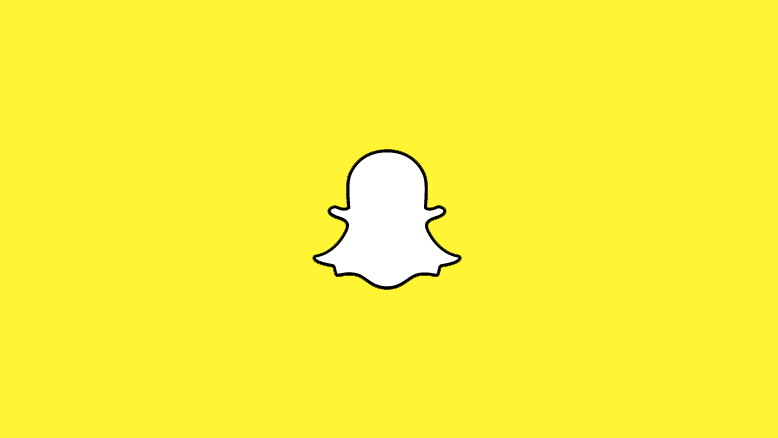Snapchat App Sign In Ui Designs

Why Snapchat's Design is Deliberately Confusing
![]()
I'm 23, have written for major tech publications, and will freely admit that I find Snapchat 's design confusing. It took me ages to figure it out.
The thing is, the interface is not confusing because it's illogical or random. It's not badly designed at all. The weird thing is that it makes total sense. It's just that we've grown to expect UIs to behave in a certain way.
We think in a hierarchical way thanks to every OS we've ever used: windows within windows, x'ing down the layers.
And that's not how Snapchat works:
Its ma i n menu is flat, like a deconstructed cardboard cube. Swipe up, down, right, and left to navigate the grid menu UI.
It's like nothing we're used to in this age of predictable, civilized UIs.
Will Oremus, the senior tech writer at Slate thinks the same:
"I was overcome by the conviction that I was on the verge of accidentally pressing the wrong button and snapping someone a picture of my crotch. I hastily tapped what appeared to be an "x" button on the top left of the screen. Nothing happened. Fairly panicking now, I seized upon a different button at the top right and mashed it ferociously. To my horror, the iPhone switched to its front-facing camera and I found myself staring into my own haunted eyes. I am not sure what button got pressed next, because it was at this point that I dropped the phone unceremoniously onto my brown-corduroy-clad lap."
Is this on purpose?
Is it hard to use as part of its minimalistic, parent-excluding brand aesthetic?
While the app was Snap's only offering for a number of years, we now have something new to look at:
The Spectacles design language
The launch of Snap's new physical product, Spectacles, was what made me realize that the Snapchat app's unlabeled press-it-and-see-what-happens UI is no mistake.
Just look at the vending machine:
A credit card reader and three buttons: hit one of those massive glowing pads to get a pair of Spectacles of that color. Like the Snapchat app, the machine has no text, no obvious instructions, no clarity. The machine assumes itself is a big enough deal that it's your fault if you don't know.
Same with the banner:
Snap pulled a Cloverfield on us for the Spectacles launch, teasing the Snapchat ghost with eyes on billboards around the US without being explicit with exactly what's going on.
Tying this back to design, and the choices Snap's making for its brand identify, it makes more sense the more you think about it.
Because Snapchat's the anti-Facebook
Positioned as a rare place where your content is totally hidden from the public, the reasons for Snapchat's arcane, exclusive design are clear.
It's not a social media platform in the same way that Facebook is, and that's mainly because of its total lack of discovery.
What I mean by that is there is no way to find users without knowing their phone number or their handle: two pretty private pieces of information. And if/when your grandma does try to add you, you'll still need to accept the request. Not that she will add you, because she's not figured out how to get into the bloody thing.
Like the days of pre-social media, where activity wasn't logged forever online for anyone with an internet connection to see (either by the platform or someone with a screenshot tool), your activity on Snapchat is temporary. Ephemeral. Ghostly. Hidden.
And of course that's what their design looks and feels like. Imagine if it had these off-the-wall features and looked like a fucking ancient Microsoft app. While its alien UI is confusing, it's less confusing than that.
Forget design, Snapchat is about transience
With Facebook's stubbornness about making it difficult to mass-delete your old posts, there needed to be a platform for people to go if they want to share a messy photo and forget about it the next day. Snapchat CEO Evan Spiegel thinks Facebook's hunger for knowledge and omnipresence is creepy, which gives us some clues as to his vision.
The all-seeing eye of the internet drives anxious introverts (and their polar opposites) to the safe place of Snapchat.
Even sponsored, branded content (which, by the way, isn't curated by an algorithm), disappears in 24 hours.
Instead of understanding that the transitory nature of Snapchat's feed is what defines it, Facebook have tried to clone it as part of Instagram Stories. In fact, Facebook tried to buy Snapchat for $3b in 2013, then launched its own failed attempt.
Instagram — basically just Facebook for photos — keeps everything forever. It's the same deal as Facebook: tag your friends, comment, share, slap on a hashtag. Shoehorning a rip-off into an existing, clashing app like that won't cut it.
Because Snapchat isn't just a ton of features slapped together amid a confusing interface. It's an entirely different way to communicate, and one that is symptomatic of a growing cynicism towards the harsh transparency of the digital age.
…That said, perhaps I'm over-analyzing a platform that's probably used mostly to transmit images of genitalia.
💛 Enjoy this post? Head over to Secret Cave to read more obsessive analysis on society, culture, and entertainment.
Originally published at secretcave.co on December 9, 2016.
Snapchat App Sign In Ui Designs
Source: https://blog.prototypr.io/why-snapchats-design-is-deliberately-confusing-bba55410dd7f
Posted by: brownhinfore.blogspot.com

0 Response to "Snapchat App Sign In Ui Designs"
Post a Comment